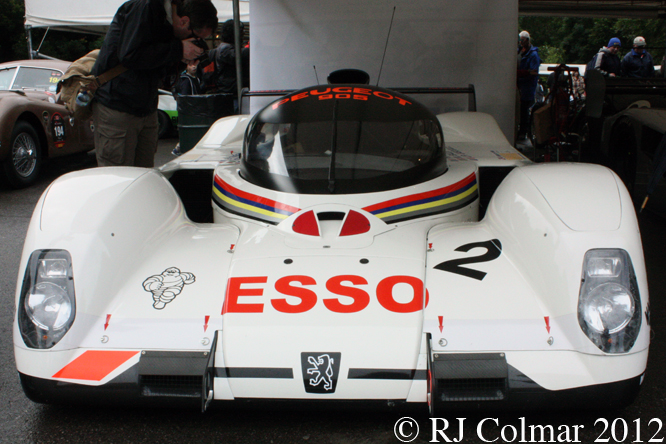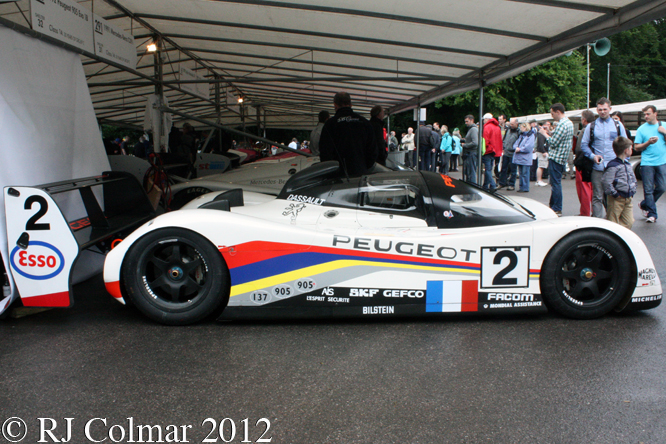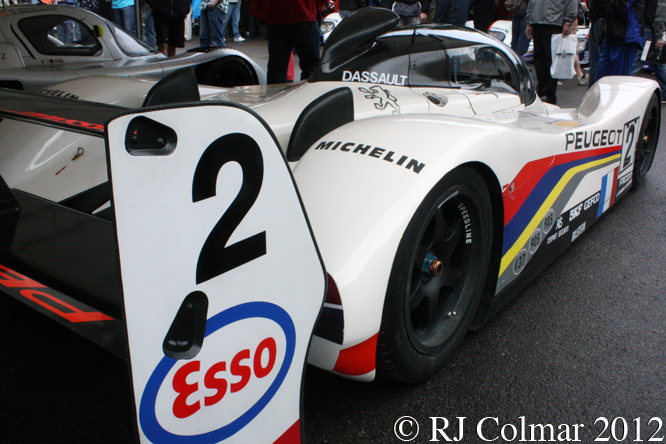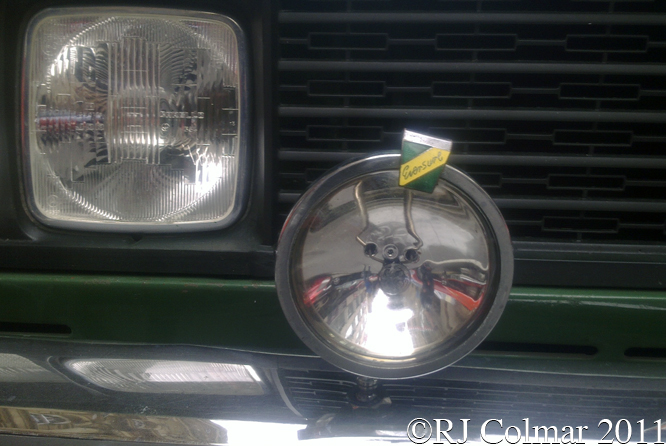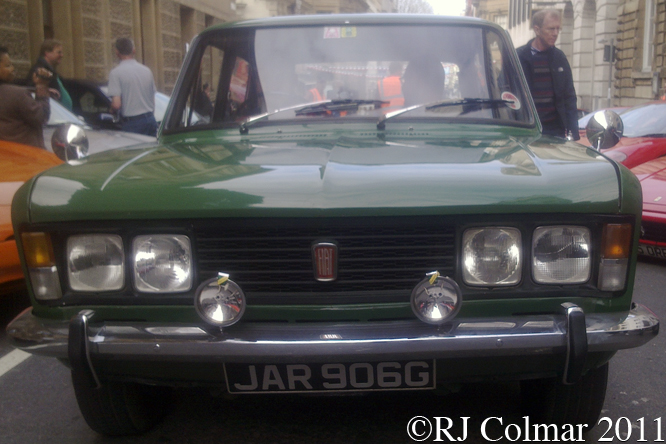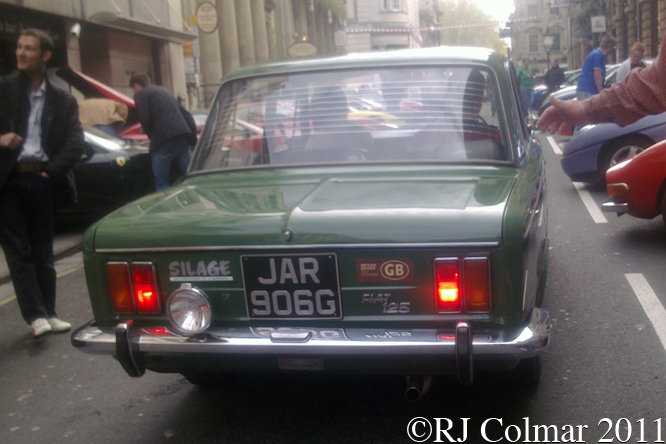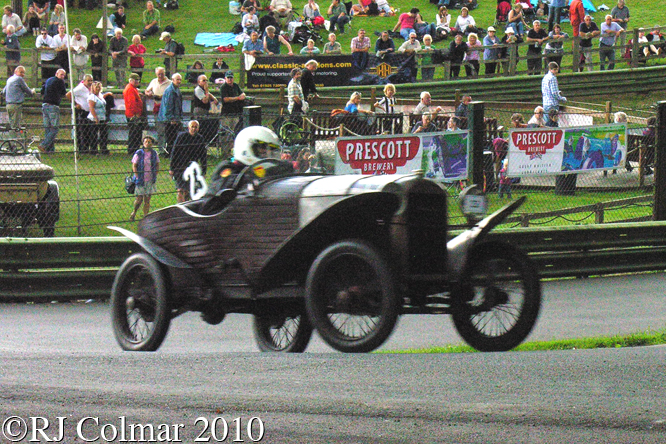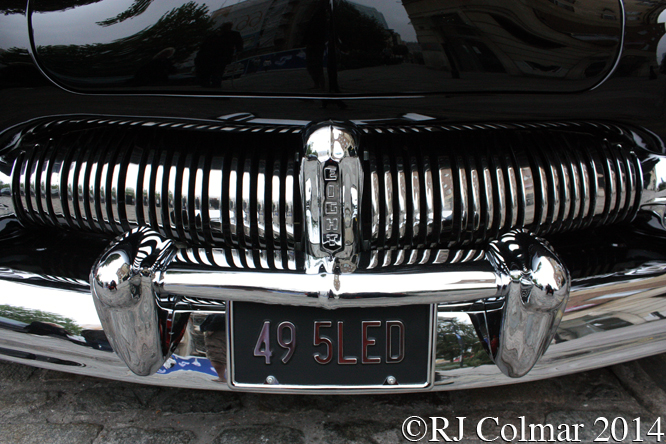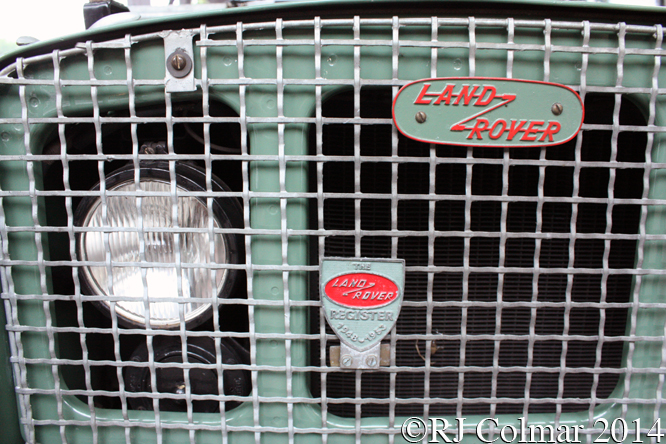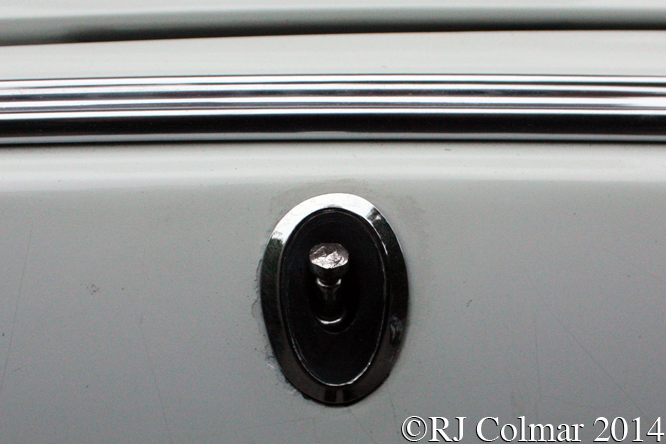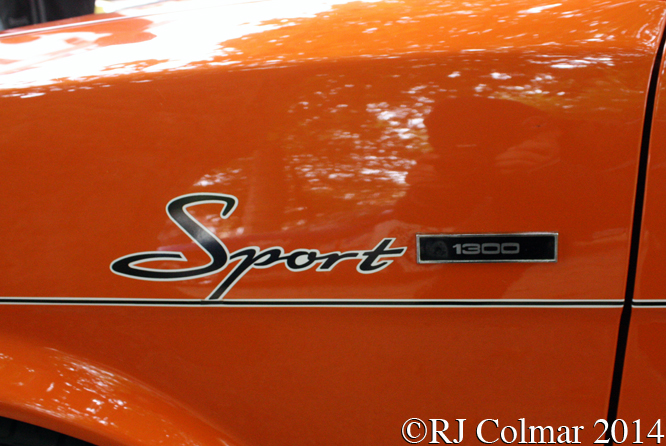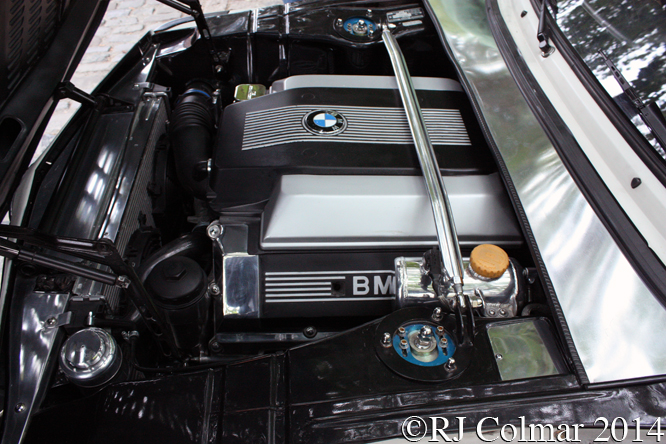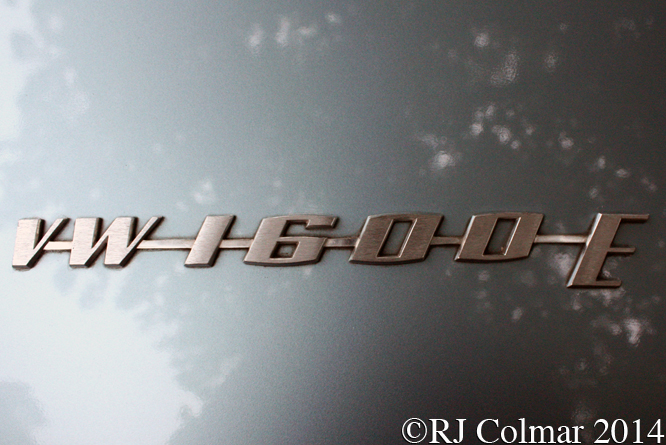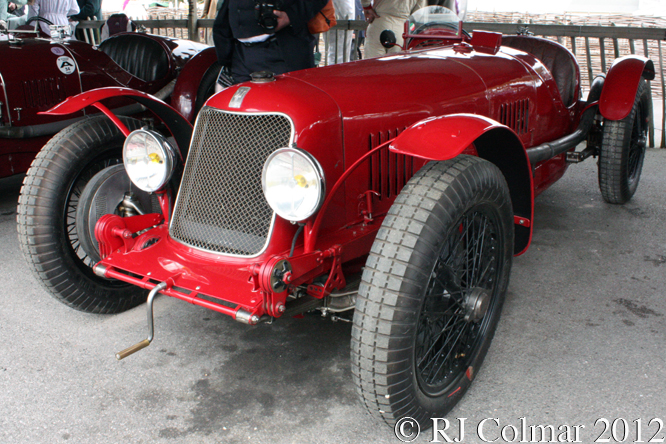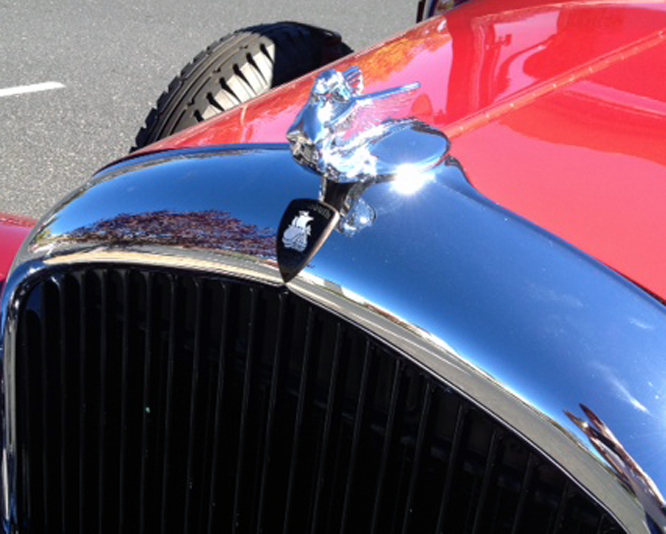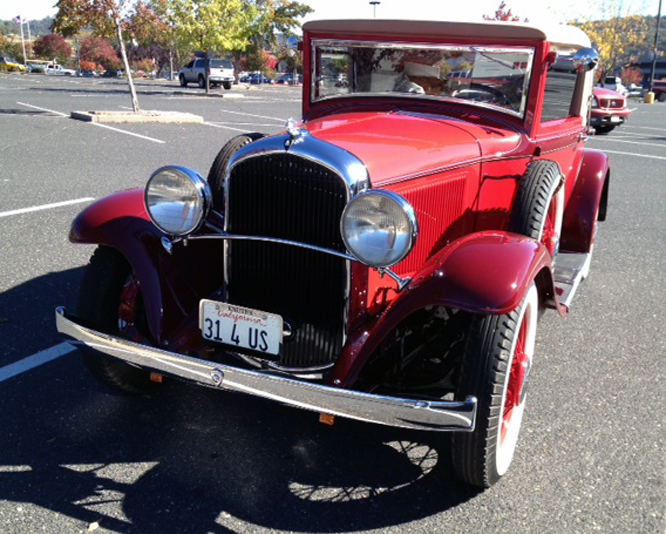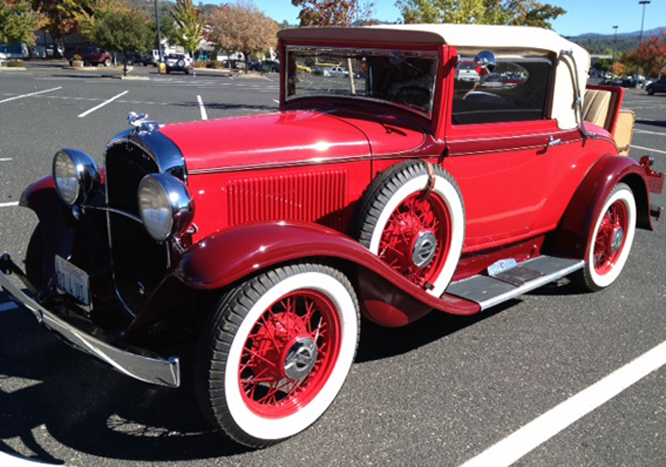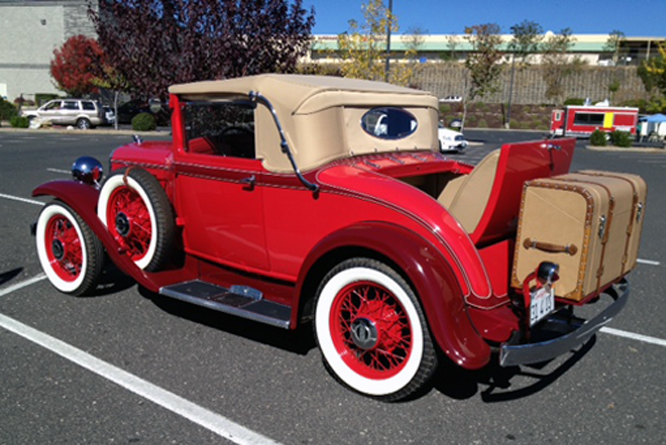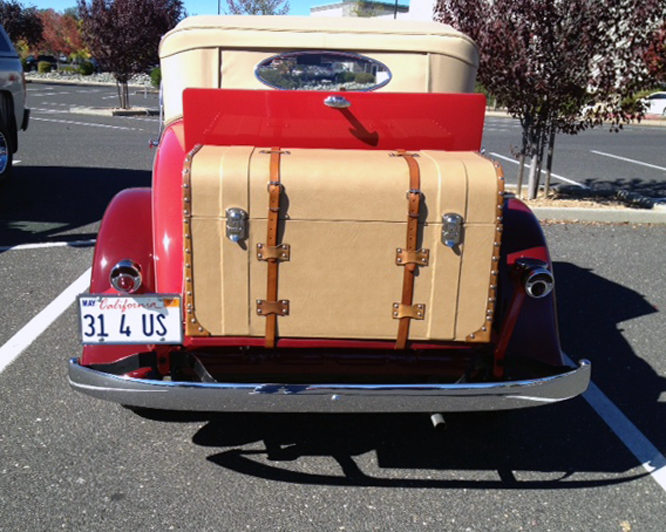Launched in 1991 to replace the entry level Peugeot 104 the Peugeot 106 was available with either 3 or 5 door bodies and remained in production until 2003 with 2.7 million units built.
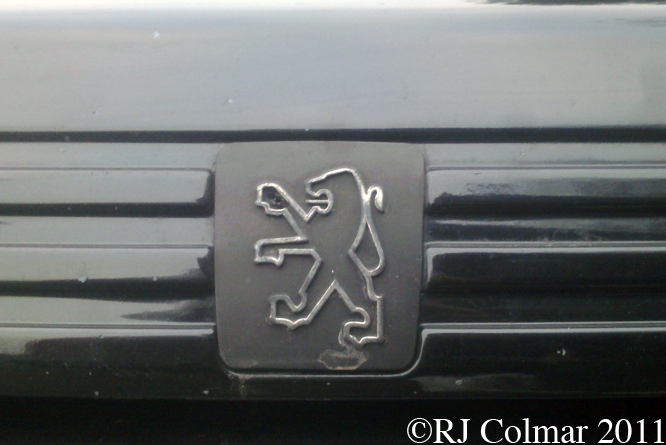
In 1993 Peugeot introduced the 106 Rallye version with the strap line “Less Frills, More Spills” in order that the model could compete in the international Group N and Group A classes.
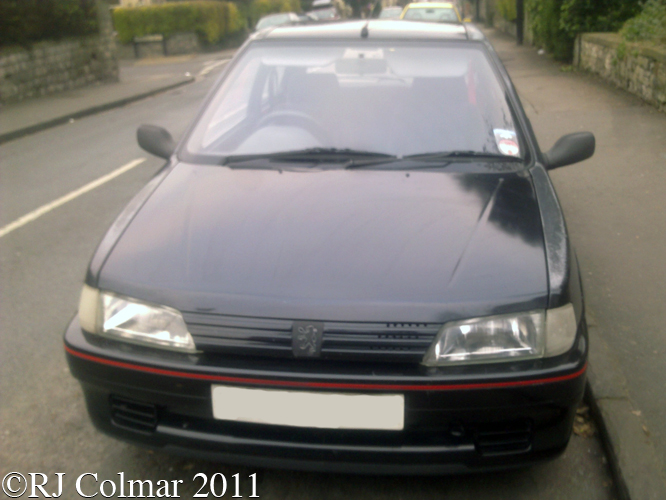
The Rallye is powered by a 100 hp 1294 cc / 78.9 cui 4 cylinder fuel injected engine which drives the front wheels through a five speed manual gearbox.
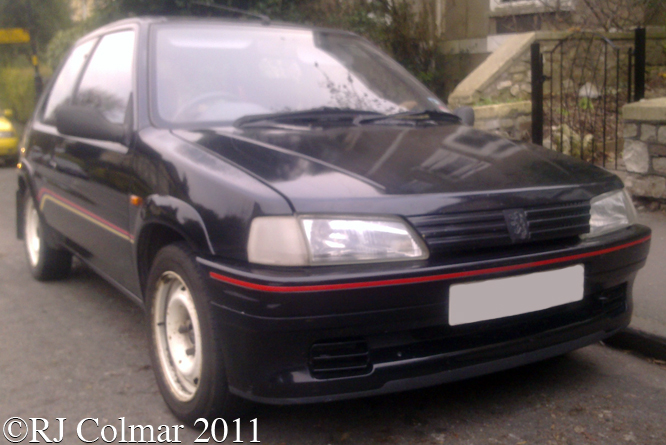
Uprated suspension with thicker anti roll bars, were factory fitted on the Rallye as were the strengthened front suspension mounting points, for the competitor the sound insulation materials were easily removable.
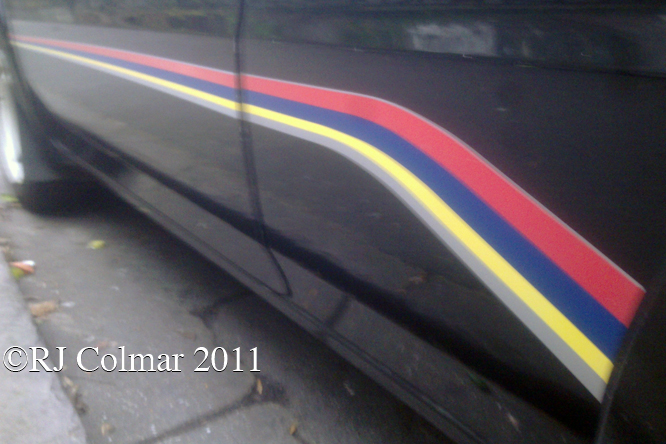
Rallye 106 S1’s manufactured between 1993 and 1996 were available with a choice of only three colours Bianco White, Cherry Red or Black with the wheel arch extensions and bumpers all colour coded.
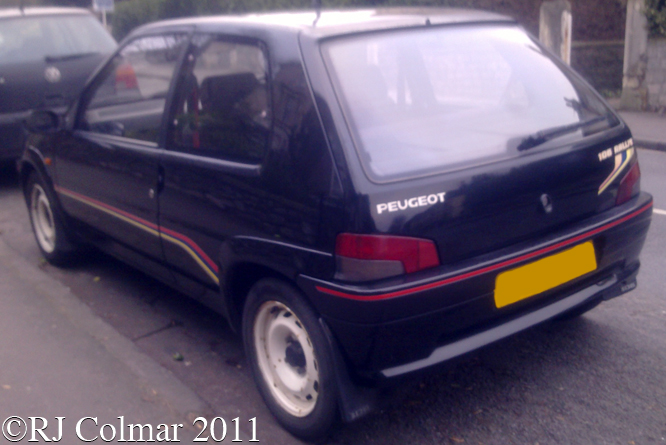
Peugeot Sport strips, shared with the 1992/93 Le Mans winning Peugeot 905’s, red piping and white lightweight steel wheels completed the sporty look and kept the weight down to 825 kgs / 1818 lbs.
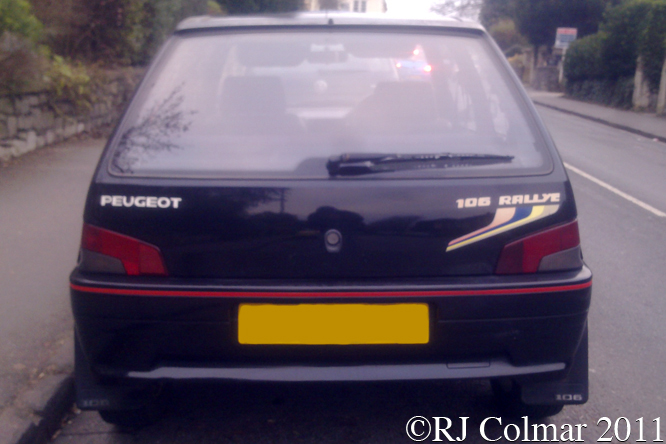
Inside the 106 Rallye was fitted with lightweight red carpets and matching red seat belts.
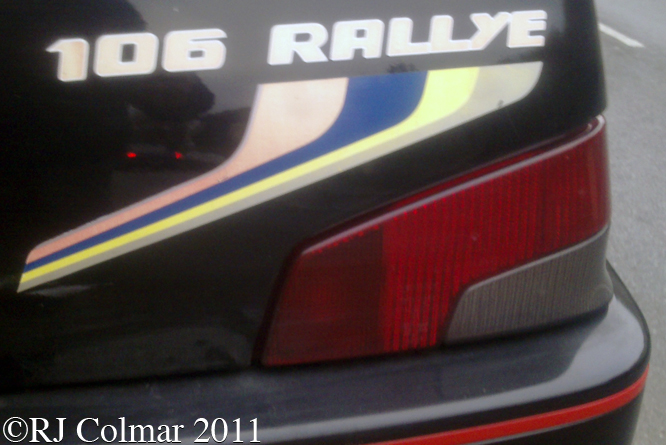
Initially Peugeot imported 1,000 right hand drive 106 Rallye’s but it is believed more were ordered due to unexpected demand, today’s featured Rallye seen in Bristol some years ago was registered in the UK on the 21st of January 1994.
Thanks for joining me on this “Fewer Frills More Thrills” edition of “Gettin’ a li’l psycho on tyres” I hope you will join me again tomorrow when I’ll be visiting Queen Square. Don’t forget to come back now !


